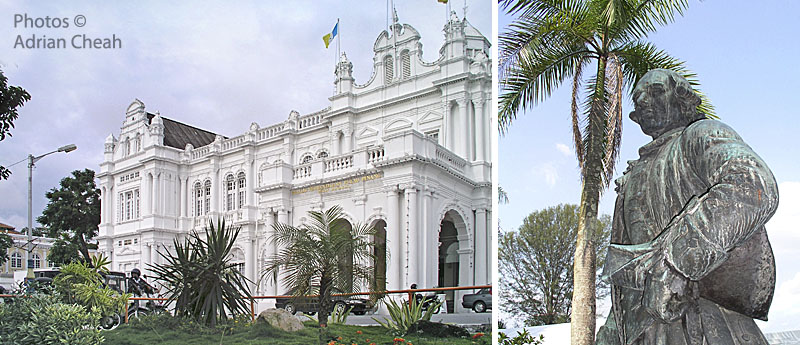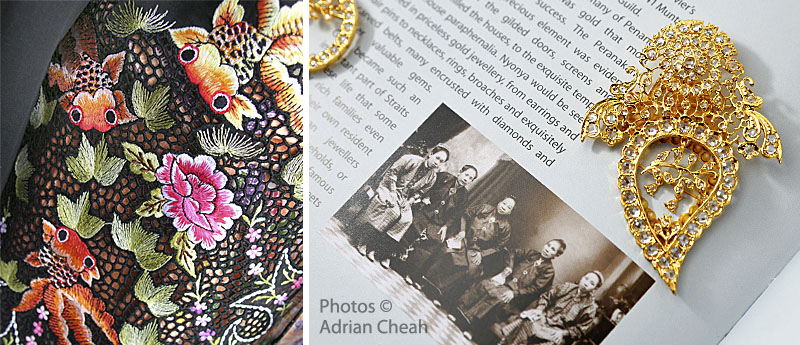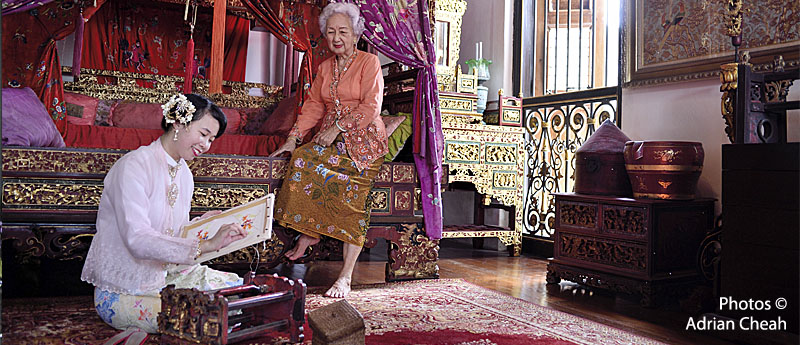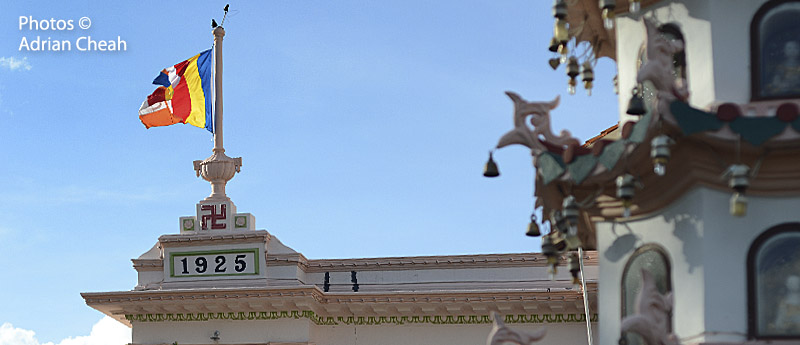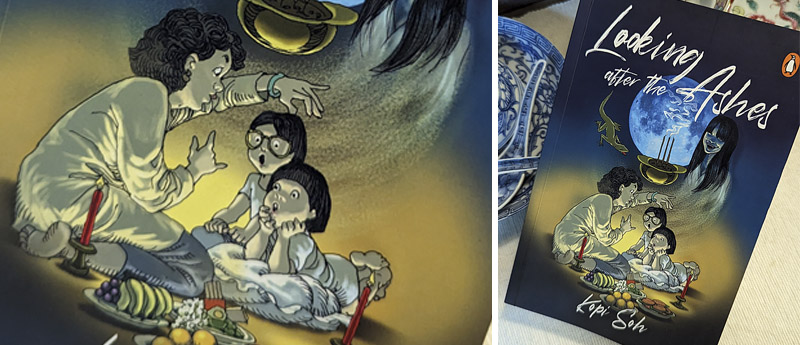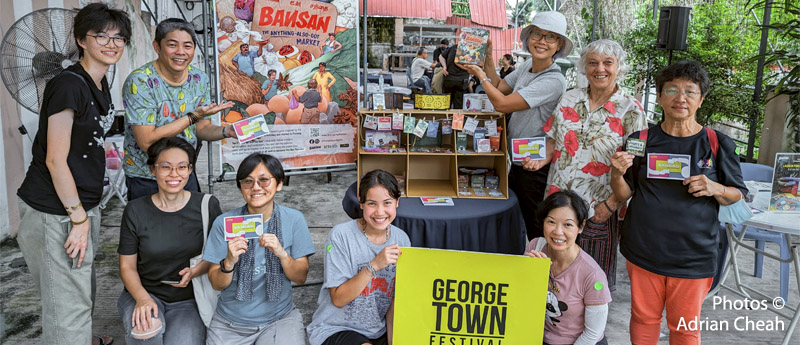The Sari: Queen of garments

The amazingly versatile sari (or saree) transcends mere fabric – it embodies the rich heritage of traditional South Asia women (and a few men) in countries such as India, Pakistan, Bangladesh, Sri Lanka and Nepal. It is also a garment that covers all, yet is revealing, enchanting yet unassuming, serene yet sensuous. The sari, with its six yards or more of artistry, is a masterpiece of contradictions, seamlessly transitioning from workwear to leisure attire to a symbol of opulence, all within its elegant drapes.
Continue Reading
Timothy Tye's journey: preserving Penang Hokkien through an online dictionary

I am filled with immense pride to witness the presence of unsung heroes in Penang, individuals driven by a shared belief in uplifting their community. Among them stands Timothy Tye, a beacon of inspiration. Since its inception on 5 January 2003, his Penang Travel Tips website has provided invaluable information on Penang (now extended to cover Malaysia as well as Singapore). Timothy is not only a prominent foodie and YouTuber but is also a passionate advocate for the preservation of Penang Hokkien.
Continue Reading
Bedak sejuk, a trusted beauty secret of our grandmothers

At dusk, when women with white sceptre-like masks ventured out of their homes to purchase a snack or visit neighbours, children would gawk while adults would shrug their shoulders in indifference.
Continue Reading
The elegant Nyonya kebaya – wearable art that knows no seasons
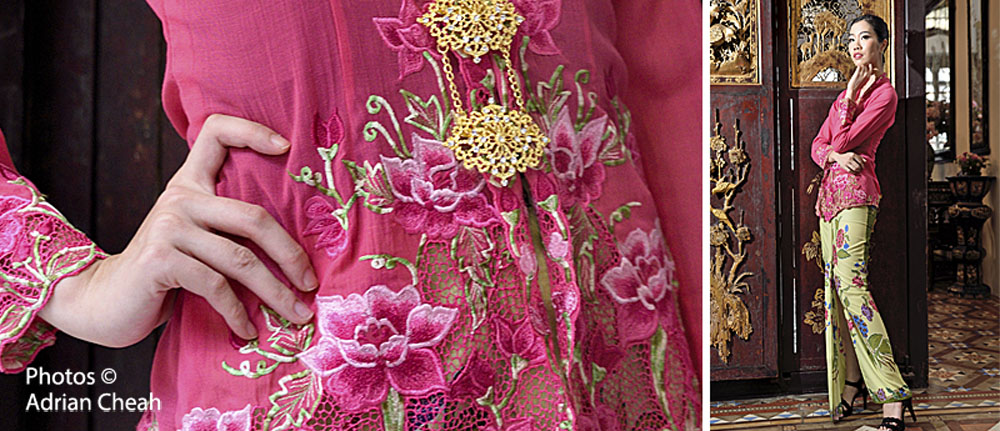
"When in Rome, do as the Romans do" is an oft-quoted maxim about the importance of adapting oneself. Whether or not this bit of wisdom was known to the early Chinese immigrants to Malaysia, some of them eventually married the local folk and adopted Malay customs while remaining quintessentially Chinese in belief and philosophy. The result of this union was the Chinese Peranakan (more commonly known as Babas and Nyonyas), a unique cultural hybrid with a cosmopolitan persona that flourished for centuries throughout Malaysia.
Continue Reading
Book review: Once Upon A Kamcheng
Lillian Tong and Jewel Tan

Preface
This book is an anthology of Penang Straits Chinese Baba Nyonya memoirs, biographies, and collected stories. The compilation was inspired by life growing up in a Baba Nyonya home and the stories told to me by my mother, Tan Chooi Bee, and my friends. Beyond the nostalgia of resplendent gold and gilded lattice screens and gracious living are behind the scenes expose bothering on the ridiculous to the tragic, where antics, escapes, indulgences and misadventure reign.
Lillian Tong
Continue Reading
The upside-down tree – Penang's very own Baobab

According to African legend, the Baobab wanted to become the most beautiful tree of all. When it realised that this was not possible, it put its head into the ground, so only the roots pointed heavenward. Another legend holds that when the Baobab was planted by God, it kept walking, so God pulled it up and replanted it upside down to stop it from moving.
Continue Reading
A traditional signboard maker in Penang
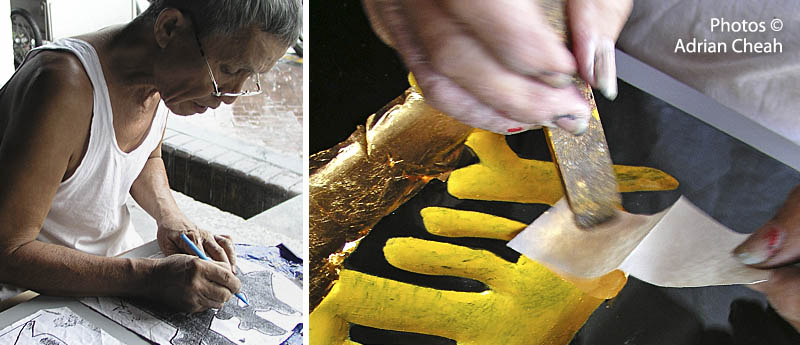
In this day and age of colourful and animated LED video billboards, digital displays for advertisements and other fancy forms of signage, one does wonder if there is a place, still, for the traditional, hand-carved signboard – the sort of signboard that is found in some Chinese homes and business establishments.
Continue Reading
My Kebaya shirt – a journey where novelty meets sublime beauty

Having grown up in a Chinese Peranakan household, I have always been intrigued by the beauty of the kebaya. It is not just about how the entire ensemble – when matched with a traditional floral sarong is wearable art, one that gives a veritable statement on the opulent cultural heritage of the Nyonyas.
Continue Reading
Nyonya kasut manek (beaded shoes) – timeless objects of beauty

English influence
The British presence in the three Straits Settlement states had a profound influence on Peranakan culture. Suddenly, the hitherto unknown suits and skirts became à la mode for men and women respectively.
Western techniques also influenced the art and craft of fashioning Peranakan footwear. The style of embroidery, for example, once influenced by the Malays was in turn influenced by Western culture. The fine beadwork for shoes with which the Nyonya is identified is a comparatively recent invention from 19th century Britain and Continental Europe.
Continue Reading
The floral bath (mandi bunga) ritual
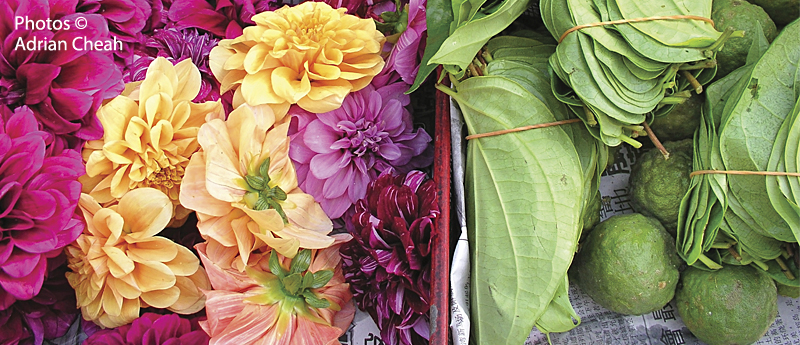
The Russian musician Igor Stravinsky might have composed Le Sacre du Printemps (The Rites of Spring) as an exploration of nature and the rituals of renewal and sacrifice, but one could safely conjecture that the ritual and ceremony of the Malaysian floral bath was created for more personal (and less lofty) reasons. The two may be worlds apart, but both Stravinsky and the local bomoh share one thing – invoking the power and the mystery of nature and the elements in their work.
Continue Reading



